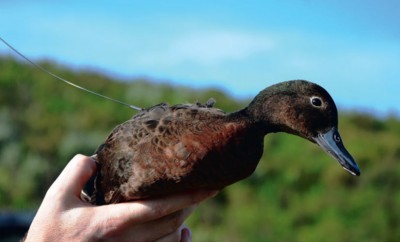
Three breeding pairs of pateke are the latest native species to be re-introduced to Rotoroa Island.
In September the rare native duck joined saddleback, whitehead, kiwi, moko, shore skinks and takahe on the island, through a partnership between Auckland Zoo and the Rotoroa Island Trust.
The project plans to introduce up to 20 species by 2018, providing hands-on education and conservation training “to foster future conservationists.”
WATCH: Zoo Tales – Pāteke released to Rotoroa Island
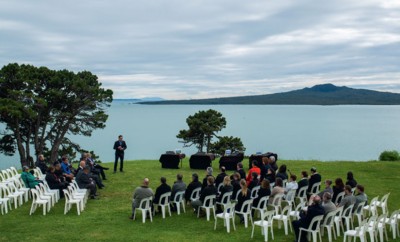
Four islands of the Tīkapa Moana/ Hauraki Gulf were vested back to the Crown on 31 September, after a month in iwi ownership; part of a Treaty of Waitangi redress settlement reached in 2014.
Rangitoto, Motutapu, Te Motu-a-Ihenga (Motuihe), and Tiritiri Matangi were transferred to the Tupuna Taonga Trust, representing the interests of 13 iwi of Tāmaki Makaurau.
Four bronze plaques were unveiled at a ceremony on Maungauika/ North Head to be installed on each of the islands to acknowledge the deep connections iwi have with the motu and the generosity of the vest back for the benefit of the people of Aotearoa.
A Conservation Management Plan for Rangitoto, Motutapu, Te Motu-a-Ihenga and Motukorea (Browns Island) is being developed in partnership with iwi to ensure that the iwi o Tāmaki Makaurau have ongoing involvement in the governance and management of the islands.
Iwi the gift that keep giving
Average large vessel transit speeds through the Gulf are approaching the internationally-recognised target speed of 10 knots.
A meeting in September of a collaborative working group set up to address ship strike of Bryde’s whales found average speed to be 10.9 knots, which should reduce the chances of collisions and also the lethality of strikes by around 50 percent.
The Gulf’s resident whale population was suffering an average of two deaths per year before the group was established to find urgent solutions. Only one death has been reported since Ports of Auckland Ltd introduced a voluntary protocol in September 2013.
The group, supported by the Hauraki Gulf Forum, will share data on vessel speeds each quarter.
Ports of Auckland and Shipping Industry Helping Make Life Safer for Bryde’s Whales
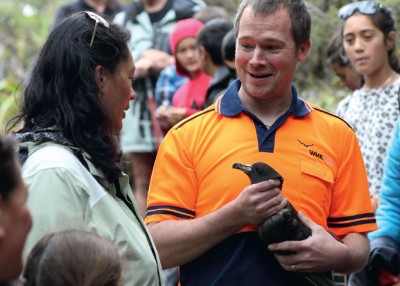
Ngāti Rehua-Ngātiwai ki Aotea welcomed tāiko back to Great Barrier Island/Aotea in November, alongside representatives from the fishing industry, government, environmental organisations, and the local community.
Chairperson of the Ngāti Rehua – Ngātiwai ki Aotea Trust Board Nicola MacDonald said “All seabirds are precious taonga to Nga ̄ti Rehua-Nga ̄tiwai ki Aotea people and even more so the tāiko who breed exclusively on our sacred maunga Hirakimata and Hauturu-a-toi. We want to ensure that the last remaining colonies of ta ̄iko are protected to ensure they remain part of our natural heritage and legacy for all future generations of New Zealanders.”
Tāiko/black petrels return to breed on Great Barrier and Little Barrier after a winter feeding off South America. They are vulnerable to accidental capture on long lines. The three largest fishing companies in the Gulf attended the ceremony and are committed to seabird smart fishing practices, facilitated through the work of Southern Seabird Solutions Trust.
www.southernseabirds.org.nz
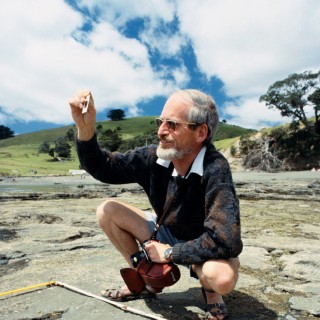
Marine conservation pioneer Dr Bill Ballantine passed away in November.
Forum Chairman John Tregidga said “Bill was instrumental in creating our marine reserves legislation and one of the world’s first marine reserves at Leigh, where he lived, despite considerable opposition at the time. His legacy is
a much greater understanding and appreciation of the importance, functioning and vulnerability of
our marine environment.”
He attended the announcement of the Kermadec Sanctuary and the Hauraki Gulf Marine Park Seminar in the weeks prior to his death. He was 78.
RADIO NZ: Father of marine conservation dies at 78
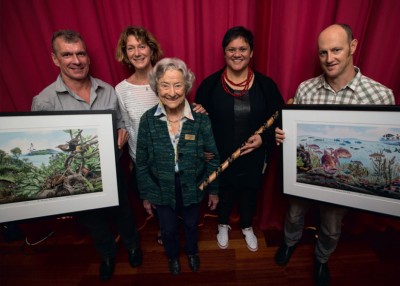
A Māori leader, a marine reserve scientist and family owners of an island are winners of this year’s Holdaway Awards.
Richelle Kahui-McConnell (Ngāti Maniapoto) has worked closely with Ngāti Whātua Ōrākei, leading practical restoration work at Okāhu Bay, encouraging youth involvement in conservation, and incorporating mātauranga Maori perspectives into policy development processes.
Dr Nick Shears from the University of Auckland has carried out internationally renowned research on marine reserves that has been crucial in understanding the ecological effects of fishing on inshore reefs and how these can be reversed with marine protection.
Rod and Sue Neureuter accepted an award on behalf of their family, who have owned the Noises since 1933, supporting the first successful island rat eradication in New Zealand 50 years ago as well as many restoration initiatives on the islands.
The Hauraki Gulf Forum-initiated awards recognise emerging leadership and were announced at the Hauraki Gulf Marine Park Seminar in October.
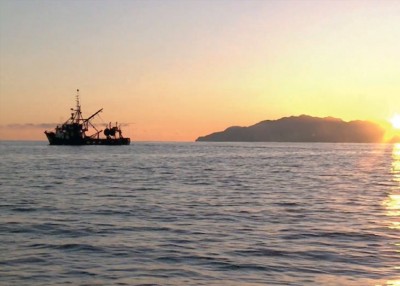
Sanford’s Chief Executive has said the company is prepared to stop all commercial fishing in the Hauraki Gulf if recreational fishers record and report their catch. Volker Kuntzsch made the offer at the Forum’s Hauraki Gulf Marine Park Seminar in October.
He said an estimated 200,000 people fish in the Hauraki Gulf Marine Park each year. “Complete transparency and data on all fishing in the Gulf is an important future step to preserving the fish stocks for future generations.”
Forum chairman John Tregidga welcomed the challenge. “It shows a willingness to re-examine business models, to look for accommodation and encourage innovation that will turn around the health of the Hauraki Gulf/ Tīkapa Moana. I’m confident the recreational fishing sector can also step up and embrace the challenge of stewardship for the Gulf.”
VIDEO: “The new face of fishing” Volker Kuntzsch, Sanford

The Crown signed a deed of settlement with Ngāi Tai Tāmaki at Umupuia Marae, Maraetai in November.
The deed settles the historical grievances of the iwi and includes an acknowledgement and apology for the acts, omissions and historical breaches of the Treaty of Waitangi committed by the Crown.
Ngāi Tai Tāmaki were rendered virtually landless by the late nineteenth century. In the decades following the signing of the Treaty, the Crown acquired large tracts of land in the iwi’s rohe and confiscated 51,000 acres of land from the East Wairoa area.
“This settlement provides a basis for Ngāi Tai Tāmaki to develop a much stronger future and an opportunity for a genuine partnership with the Crown,” said Minister for Treaty of Waitangi Negotiations Christopher Finlayson.
Ngāi Tai Tāmaki is a member of the Tāmaki Collective and one of the twelve iwi of the Hauraki Collective.
Its area of interest is centred in Tāmaki Makaurau/Auckland extending to Hauraki/Coromandel and, in particular, the coastline, harbours and islands of the Tīkapa Moana/Hauraki Gulf and Waitematā Harbour.
Deed of Settlement documents
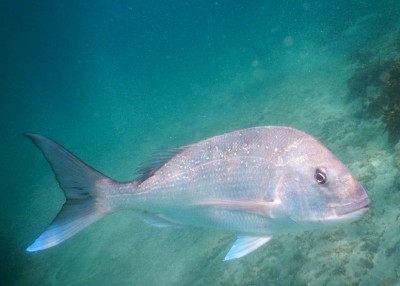
The Ministry for Primary Industries has initiated a review of the fisheries management system to ensure it is fit-for-purpose and that fisheries are managed sustainably into the future.
The Fisheries Act and the Quota Management System have been in place for 20 and 30 years respectively and the ministry said that while the system is sound, it is timely to examine how the system is operating and if processes can be improved. Feedback has been sought through community drop-in sessions and formal consultation will be undertaken next year.
Fisheries Management System Review
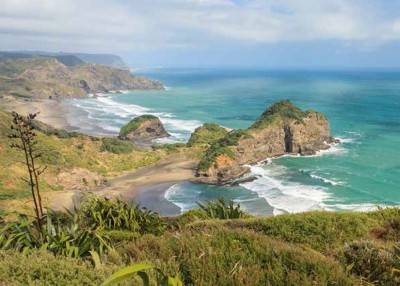
The Health of Auckland’s Natural Environment In 2015 was released by Auckland Council in October.
Contributing scientist Dr Megan Carbines said the five-yearly report showed some improvements in air quality and localised successes for native biodiversity, but also a continued decline in marine and freshwater environments. Twenty two indicators and 12 case studies provide a baseline and platform for considering the challenges of a growing Auckland.
Mayor Len Brown described the report as a call to action. “There is only one Auckland, and as we grow we must grow greener.” A companion document Auckland Growing Greener sets out the city’s Auckland Plan-based commitment to the environment and green growth.
State of Auckland
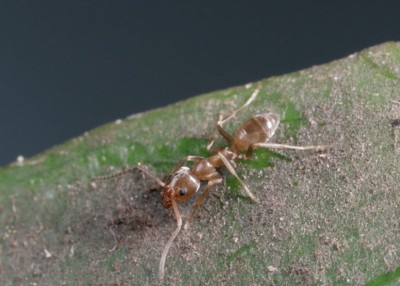
Auckland Council has begun a major overhaul of its Regional Pest Management Plan. The plan is the main statutory document implementing the Biosecurity Act 1993 in the region, and provides a framework for managing plant and animal pests in Auckland, including the Hauraki Gulf.
The review covers changes in pest species and management; along with community expectations and available resources. Particular pest management issues affecting the gulf include control of plants such as Agave americana and Rhamnus and invasive animals like Rainbow/plague skinks and Argentine ants. The council will also consider
the plan’s role in the management of marine pests.
It is proposed that the specific rules which prevent and manage pests on the Hauraki Gulf islands are continued in the new plan.
Regional Pest Management Strategy
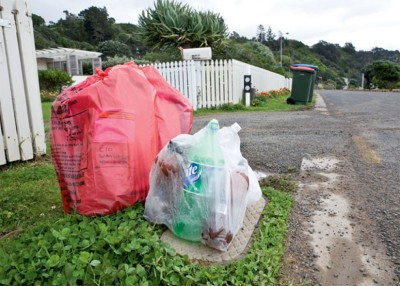
Auckland Council will be working with communities of the Gulf to create a Hauraki Gulf Islands Waste Plan in the first half of 2016, focusing on Great Barrier, Waiheke, Rakino and Kawau and on managing waste from boats and fishing. Programme manager Jenny Chilcott says each island community is unique and the aim will be to work with local communities to develop creative, sustainable solutions that support local interests.
There are over 7,000 households in the Gulf and on Great Barrier alone around 500 tonnes of refuse and inorganic waste is produced each year. Key issues include how to minimise waste coming on to Gulf islands, handling visitors, addressing fishing and boating waste and maximising local recycling and reusing of materials.
The plan will be guided by the Waste Management and Minimisation Plan adopted by Auckland Council in 2012 and Waiheke, Great Barrier and Rodney Local Boards will be closely involved.
Waste Management and Minimisation Plan












